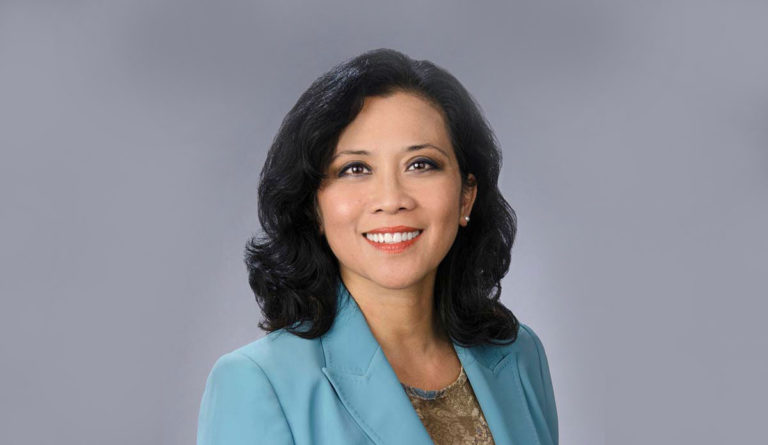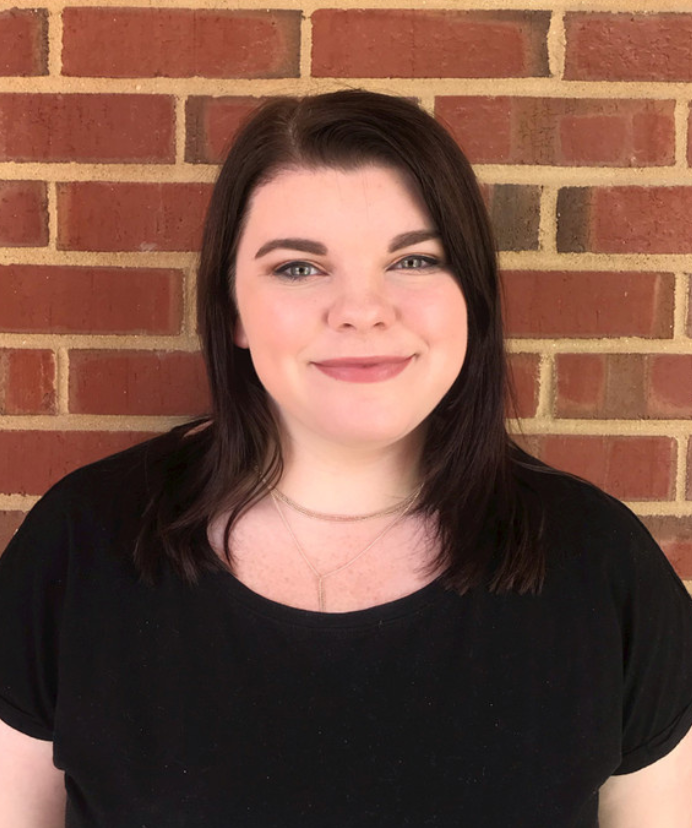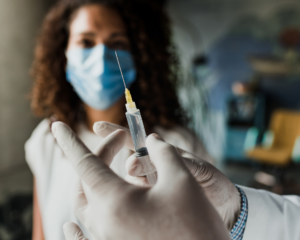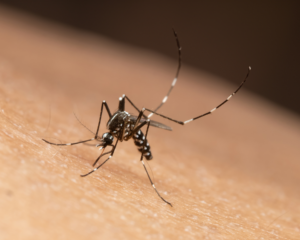Maria Rosario Araneta: Type II Diabetes Risk Among Asian Americans
PHP sat down with Dr. Maria Rosario Araneta to talk about why Asian Americans are at such increased risk for Type II diabetes.

Read Time: 3 minutes
Published:
Maria Rosario Araneta is a professor of epidemiology at the Department of Family Medicine and Public Health at University of California San Diego. Araneta has led national studies on birth defects and adverse reproductive outcomes among Gulf War Veterans, and her research has informed public health policies on HIV screening in donor artificial insemination, as well as diabetes screening among Asian Americans. She was recently appointed to the NIH Council of Councils.
Dr. Maria Rosario Araneta recently spoke at Boston University School of Public Health about health disparities among Asian Americans. Public Health Post had an opportunity to sit down with her to learn more about her research.
Asian Americans are typically not the center of the conversation in discussions about health disparities. Little research is dedicated to understanding what health disparities exist in this group and why they exist. Araneta explained, “I think it’s understudied because, first of all, the perception is that it’s a small community.” Yet Asian Americans are the fastest growing racial/ethnic group in the United States.
Another reason that Asian Americans are understudied, according to Araneta, is the “model minority” stereotype. Part of the model minority refers to the perception that Asian Americans are successful, and movies like Crazy Rich Asians “perpetuate this myth that Asians are affluent and educated.” Araneta explained, “It’s implied that they have access to health care, and therefore, do not have health disparities.”
Araneta focuses her work on Type II diabetes in the Asian American community enrolled in Kaiser HMOs in Northern California. In this population, the groups with the highest diabetes prevalence are Native Hawaiians, Samoans, Pacific Islanders (grouped together in this instance); Filipinos; and Asian Indians, respectively.
“There are 21 million Asian Americans, and a third of them live in California. In fact, the Asian American population in California is twice that of the African American population in California,” Araneta explained.
Why are Asian Americans at such an increased risk for Type II diabetes? Araneta’s research team looked for the answer by using CT scans to measure visceral fat (fat deep in the abdomen). “Visceral fat is this active endocrine organ; it’s not just a place where you store excess calories,” Araneta explained. Endocrine organs release hormones such as leptin which influence appetite.
“Filipino women who have 26 inch waistlines have three times more visceral fat than obese African Americans,” Araneta told PHP.
The results of their work were shocking. “Filipino women who have 26 inch waistlines have three times more visceral fat than obese African Americans,” Araneta told PHP. These results, she continued, have been replicated among other Asian American groups. The more visceral fat an individual has, the higher their risk for developing Type II diabetes.
Of course, these early results have raised further questions. Araneta listed a few: “How do Asian Americans accumulate fat in that way? What kind of evolutionary advantage was there for accumulating fat that way? How do individuals get rid of it? How do clinicians diagnose it?”
So, what are the next steps to address these health differences? “The first thing is screening,” Araneta answered. Araneta and colleagues helped the American Diabetes Association update their screening recommendations for Asian Americans.
Araneta also emphasized the need to update current health promotion campaigns, saying, “The public health messages of ‘lose weight, lose weight, lose weight to reduce your risk of diabetes’ should be altered. Patients and providers should consider family history of diabetes, regardless of a patient’s size.”
Araneta’s interest in this subject area is by no means coincidental. “I never liked endocrinology, but my father had diabetes. He’s a physician whose BMI has never exceeded 22. So does his mother, who is a dietician. My family history motivated me to start liking endocrinology.”
Feature image courtesy of Dr. Maria Rosario Araneta



